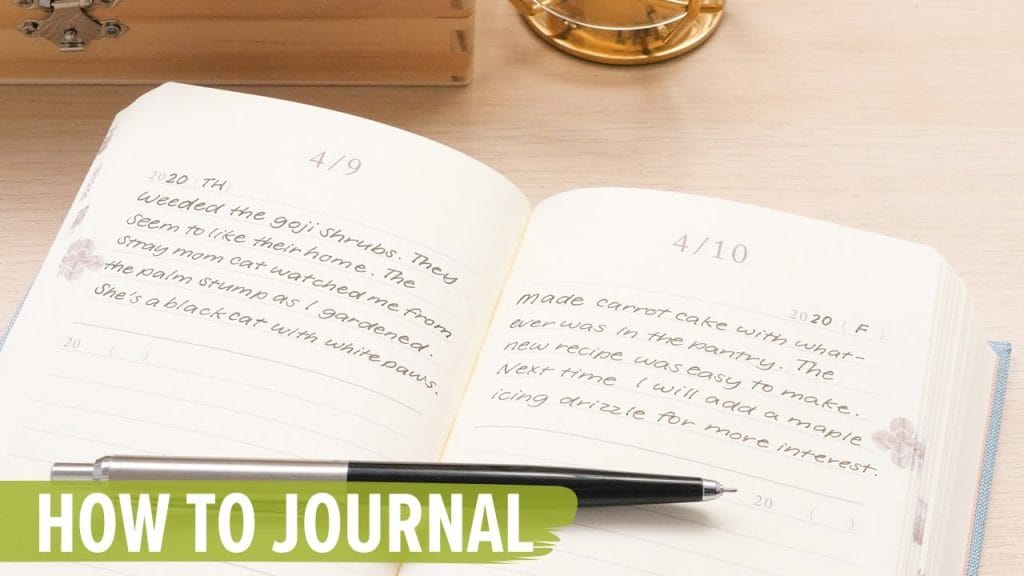Our Blueprint for Writing a Journal Article!
April 11, 2025 2025-04-11 10:00
Our Blueprint for Writing a Journal Article!
Writing a journal article is an essential skill for academics, researchers, and professionals looking to share their findings with the world. However, it can be a daunting process. In our guide, “Our Blueprint for Writing a Journal Article,” we break down the steps involved in creating a well-structured, impactful, and publishable article. From crafting a clear research question to ensuring your writing follows the proper structure, this blueprint will help you navigate each phase of the process with confidence.
Step 1: Define Your Research Question
Before you even start writing, it’s important to have a clear research question or hypothesis. This will guide your research and provide a focus for your article. Make sure your question is specific, relevant, and addresses a gap in the current literature. Having a solid research question will help you stay focused and organized as you collect data and analyze your findings.
Step 2: Conduct Thorough Research
The next step is to conduct comprehensive research. Review the existing literature to understand the current state of research in your area of interest. Take notes on key studies, theories, and methodologies that you can reference in your article. This will provide context and justify the importance of your research. Be sure to use reliable, peer-reviewed sources to strengthen the credibility of your article.
Step 3: Organize Your Findings
Once you have gathered all the necessary data and sources, the next step is to organize your findings. Create a logical structure that will guide the reader through your article. This typically includes sections such as the introduction, literature review, methodology, results, discussion, and conclusion. Be sure to use headings and subheadings to clearly define each section.
Step 4: Writing the First Draft
When writing the first draft of your journal article, focus on getting your ideas down on paper without worrying too much about perfection. Start with a strong introduction that explains the purpose of your research, followed by a literature review that summarizes existing research on the topic. The methodology section should describe the methods you used to gather and analyze data, while the results section presents your findings. Finally, the discussion section interprets your results, addresses any limitations, and suggests implications for future research.
Step 5: Editing and Refining
After completing your first draft, it’s time to revise and refine your work. Pay close attention to clarity, grammar, and structure. Ensure that your argument flows logically and that each section connects well with the next. You may need to rewrite sections, adjust your thesis, or further elaborate on certain points. It’s also essential to follow the formatting and citation guidelines of the journal you are submitting to.
Step 6: Peer Review and Feedback
Once your article is polished, it’s time for peer review. Seek feedback from colleagues or mentors who can provide constructive criticism and suggest improvements. Peer review is an important part of the academic process, helping to strengthen your work before submission.
Step 7: Final Submission
Finally, after incorporating feedback and making any necessary revisions, your article is ready for submission to a journal. Be sure to follow the journal’s submission guidelines carefully, including formatting, word count, and required documentation. After submission, be patient—review processes can take time, but the effort is well worth it when your work is published.
Conclusion
Writing a journal article can be a challenging yet rewarding experience. By following our blueprint, you can approach the task with clarity and confidence, ensuring your research makes a significant contribution to the field. Remember, each article is a stepping stone in your academic journey, and with each submission, you improve your writing and research skills.
For more tips on writing an effective journal article, check out the video below:
Good luck with your writing, and keep pushing the boundaries of knowledge!
Related Posts
Our Blueprint for Writing a Journal Article!
April 11, 2025 2025-04-11 10:00Popular Tags





























